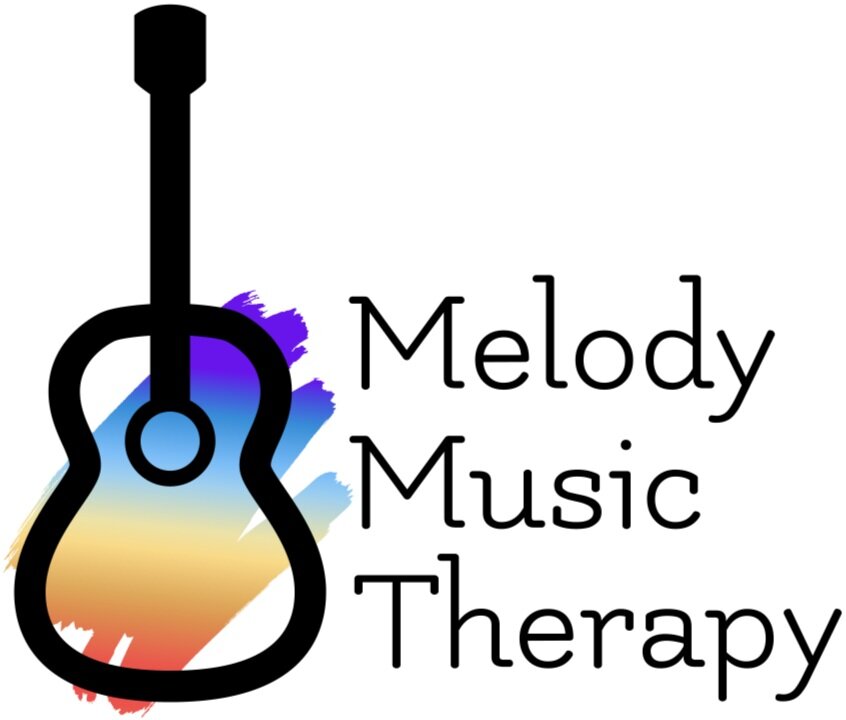Movement Music Games
For the students who learn in environments with lots of moving opportunities: here are a few game ideas/resources that will get your student up out of their seat, moving around the room, and learning in a fun way in the process
Table of Contents:
What’s Included
Set Up
How it Works
Accessibility Idea
What theory concepts does this support?
Closing Thoughts
Link to PDF
What’s Included:
Six pages of flashcards
Set Up:
Print out, cut out, and laminate!
More details in next session
How it Works:
Scavenger Hunt:
Use either the lettered cards or staff note cards.
Velcro or tape them around the room.
Have your students go searching for one card at a time, bringing it back to the piano once found.
Have your students find the note on the piano before searching for the next card. If you are using the staff cards, have your student identify the note first, and find the corresponding octave on the keyboard.
Cornhole:
Velcro the lettered cards or staff note cards to bean bags.
Play any note on the piano for your student to identify.
Once they have identified the note you played, have them find the corresponding bean bag to toss into a drum, bucket, or any other makeshift cornhole container!
Falling Leaves:
Use scotch tape to tape the leaf rhythm cards to your students body/clothes (if they are comfortable with this) This works best if tape is less sticky
Set a timer (I like to do 30 seconds in general, but this will be dependent on what is most supportive and fun for your kiddo). Have your student wiggle and shake their body until the timer goes off.
See how many leaf rhythm cards fell off! Use the ones that fell to create their own rhythm! This may mean they will have to add in their own rhythm notation (ex: only a quarter note and two eighth notes fell off. Student can choose what notation to fill in to make it a full 4/4 measure- if this is the decided upon time signature).
Play your rhythm!
Accessibility Idea:
If printing and cutting out the attached PDF is not accessible (or there’s just no time- that’s real), you can just use sticky notes! Easy to write and stick in a pinch!
What theory concepts does this support?
Rhythm: quarter rests/notes, half notes, whole notes, eighth notes
Note identification: on staff and keyboard
Closing Thoughts:
Remember, everybody and every body learns differently. Reframe “students who just can’t sit still,” to “some students thrive when movement is included to engage in the learning process and to feel regulated.” What other ways can you incorporate inclusive learning processes into your lessons?
Link to PDF:
-Mikaila Vieyra, LPMT, MT-BC
